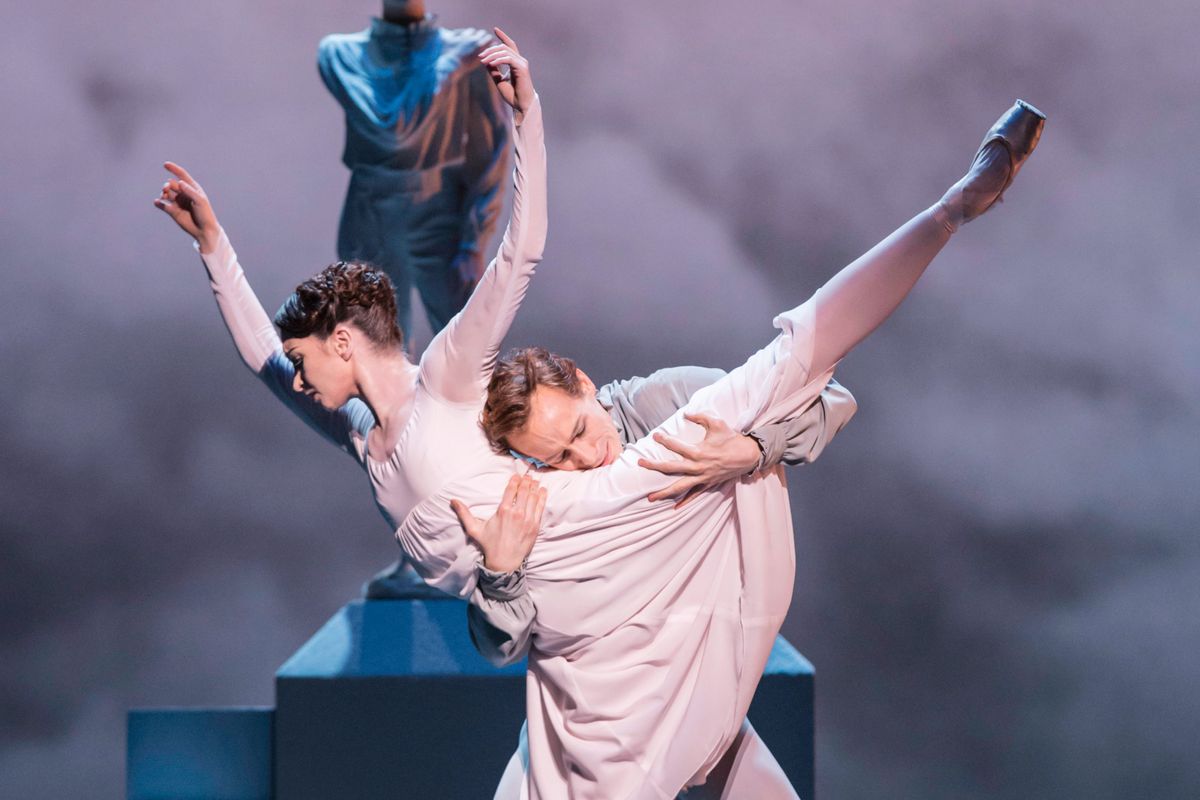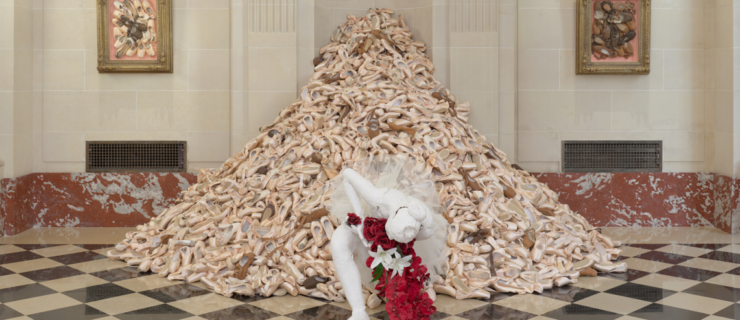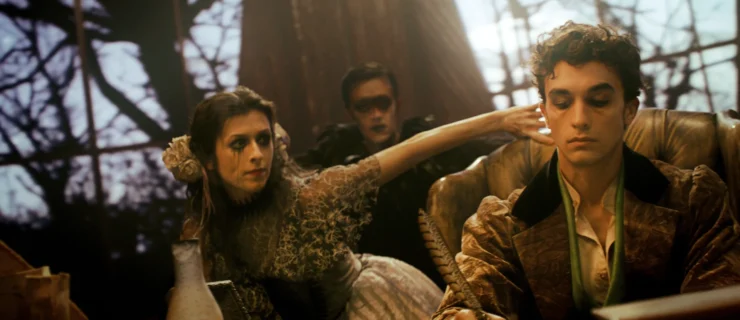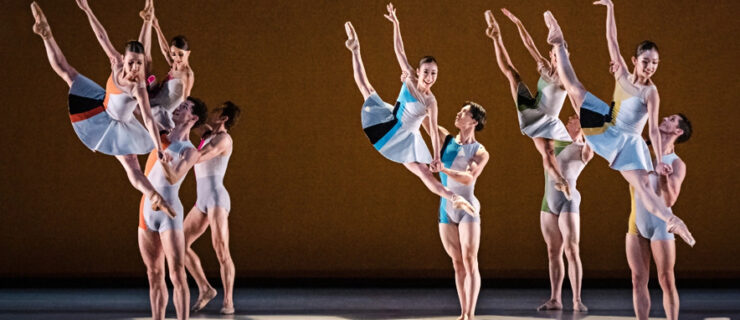A Royal Return: The Royal Ballet's U.S. Tour
This story originally appeared in the June/July 2015 issue of
Pointe.
In June, The Royal Ballet will tour the U.S. for the first time since 2009. The company will present Carlos Acosta’s classical Don Quixote in Washington, DC, and Chicago, while New York City audiences will see two all-British mixed bills: one with heritage work by Kenneth MacMillan and Frederick Ashton and another with contemporary choreography by Wayne McGregor, Liam Scarlett and Christopher Wheeldon. Pointe spoke with Edward Watson and Lauren Cuthbertson, both Royal Ballet principals, prior to the tour.
How do you handle switching from classical to contemporary work?
Lauren Cuthbertson: We dance ballets in many different styles throughout the season, so we’re prepared for tours. When I get near a really classical ballet, I might not want to rehearse something contemporary the day before since it tires out your muscles in a different way. But in the end, you just get on with it.
Edward Watson: It’s about understanding style, which we’re brought up with as English dancers. The best thing to remember is that it’s all dancing, whether it’s classical or contemporary.
Does that mean you have the same approach no matter what you’re dancing?
EW: It means that you seek different kinds of clarity. You can bring a sense of freedom from contemporary to classical work, and a sense of precision from classical to contemporary.
What are the hallmarks of British style?
LC: Rather than being known for a training style, we’re known for our choreographers. They have a strong identity—the Ashton and MacMillan ballets don’t consider how we trained at school. Instead, we mold into the choreographer’s vision.
How do you reveal the choreographer’s identity in contemporary work?
EW: By bringing a sense of drama, rather than melodrama—the British way is to avoid flash and express emotion. It’s natural for us to find the story in movement, even when it’s abstract. Contemporary ballets are just another way of breathing and phrasing the movement.
What’s special about this tour?
LC: We’re performing work by choreographers in huge demand around the world. You can see the original intention of these ballets because they were created on this company.
EW: Our heritage works show why you want to be in The Royal Ballet: the technical and dramatic brilliance, the wit and charm. But we’re very different than the last time we were in the U.S., and you can see that in the contemporary work. This program can change your idea of what The Royal Ballet is.




